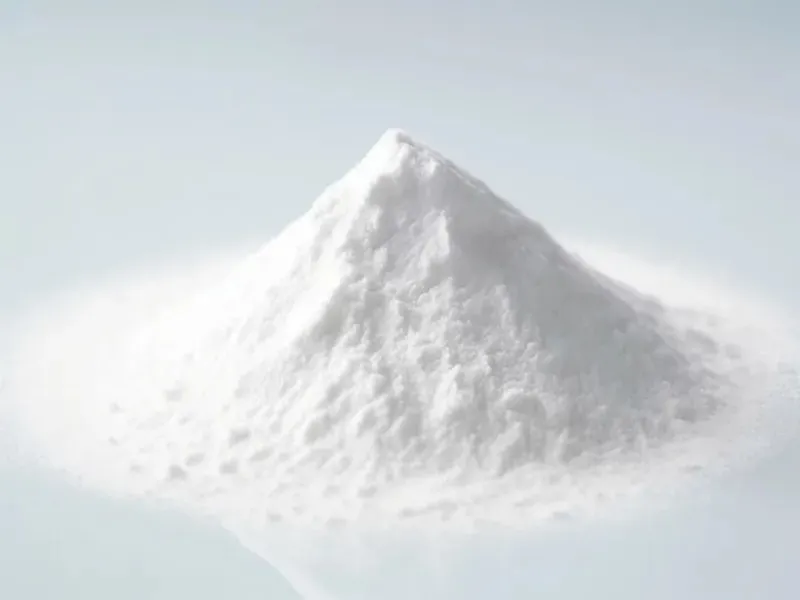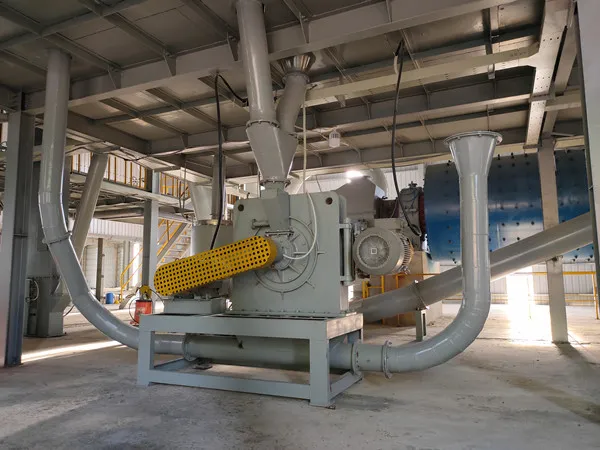Calcium carbonate in the coatings industry plays a crucial role as a functional filler and pigment, enhancing the properties of various coatings. Its fine, white particles improve opacity and brightness. So, it is ideal for decorative and protective coatings. Also, calcium carbonate cuts costs while keeping durability and weather resistance. As environmental rules tighten, calcium carbonate is a green choice. It’s a natural, non-toxic material that can replace more harmful substances in formulations.
Calcium carbonate is the most widely used physical pigment in coatings. It serves as the skeleton and filler in the paint film. It also improves the coating’s performance.

By type:
Heavy calcium carbonate is mainly used in coatings. It reduces powdering, improves color retention, and increases mildew resistance in light-colored paints. It is mainly used to partially replace titanium dioxide (10%-20%, 30% in large amounts) and color pigments. It is also used as an increaser. Light calcium carbonate has a small, narrow particle size. It has high oil absorption and brightness. It can be used where the maximum matte effect is required. It is more common to mix light and heavy calcium carbonates in semi-gloss, matte, and matte latex paints.
By particle size:
Coarse calcium carbonate is for putty, pore fillers, metal primers, and other products that need high pigment, fluidity, and a rough surface. Calcium carbonate, of medium size, is used in architectural coatings and indoor matte or semi-gloss paints. Fine-sized calcium carbonate is mainly precipitated calcium carbonate. It is used for printing inks.
The coatings industry is growing fast. This is raising the demand for calcium carbonate powder. It must now meet stricter, more varied quality standards. This has led to a trend for specialized calcium carbonate products for coatings. These are nano-, functionalized, and surface-modified.
Nano-calcium carbonate
In the coating industry, nano-calcium carbonate has a steric hindrance effect. It can prevent sedimentation in the coating formula. It also adds whiteness and gloss without affecting the hiding power. This can greatly improve the coating’s storage stability.
Using the “blue shift” phenomenon, adding it to the latex can shield the coating. This will prevent UV and heat damage and improve the coating’s insulation. Nano-calcium carbonate is a filler. It can be added to the coating. It will greatly improve the paint film’s flexibility, hardness, leveling, deposition, and permeability.
Exterior wall coating:
Applying nano-calcium carbonate to exterior wall coating makes it very “hydrophobic.” It also improves its crack and pollution resistance.
Water-based latex paint:
Latex paint formulas contain some rigid particles. Some formulas have a lot. These rigid particles will stress the coating film and crack the resin. Nano calcium carbonate is more likely to contact the resin. It causes more microcracks and elastic deformation. It converts more impact energy into heat and absorbs it. Thus, it improves toughness.
A special polymer-treated nano calcium carbonate improved traditional latex paint. Adding 2%-5% of it improved its rheology and can-opening effect. Surprisingly, it also greatly boosted its water resistance, scrub resistance, and hardness. The scrub resistance increased exponentially.
Nano calcium carbonate from Shiraishi in Japan and Sim in Italy is now used to boost water-based latex paint.
Nano calcium carbonate, due to its nano size effect, has a large specific surface area. Its activated surface atoms and strong interfacial interaction with polymers enhance the paint. So, when added to the paint, it gives it a special modification function. Nano calcium carbonate is in anti-stone impact coatings and topcoats for car chassis. It has good thixotropy.
Functionalization
As science and technology improve, so do people’s lives. Consumers now want better product functions. High performance and multifunctionality are now trends in the coating industry.
Adding nano calcium carbonate and nano ZnO to the coating can improve its quality. It will make the coating antibacterial and anti-mildew. It will also improve its weather resistance.
Recently, some coating makers and researchers studied non-metallic minerals. They aimed to use them to improve coatings or add functions. This field has become a new hot spot in the architectural coating industry.
Surface modification
In recent years, using nano calcium carbonate in coatings has been a hot topic in the coating industry. It aims to improve coating performance. Nano calcium carbonate has defects when applied directly to coatings. Its high surface energy makes it thermodynamically unstable and prone to agglomeration. Its hydrophilic, oleophobic, and polar surface makes it hard to disperse in organic media. It has a weak bond with the base material. This causes interface defects and lowers the coating’s performance.
Using nano calcium carbonate in coatings requires the nano and base materials to be compatible. The film-forming base materials of coatings differ from plastics and rubbers. They have different functional groups and molecular masses. This affects the polymers’ surface polarity and their interactions with pigments and fillers. To apply nano calcium carbonate to coatings, it must be surface modified.

Specialization
Also, the calcium carbonate industry now has many special calciums for coatings. Some have specific crystal shapes. Some have a particle size of less than 0.1. Some do not settle easily. Some are highly glossy. Some are easy to disperse. More and more high-end manufacturers are looking for calcium carbonate for coatings.
